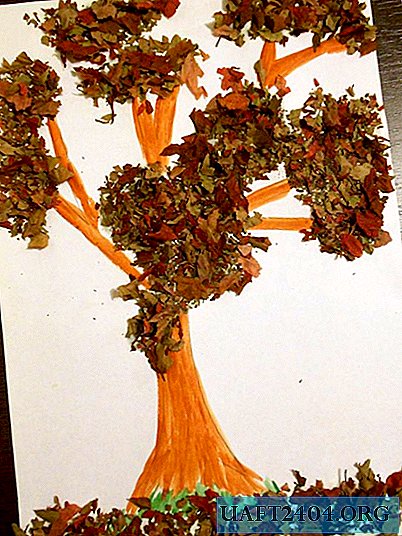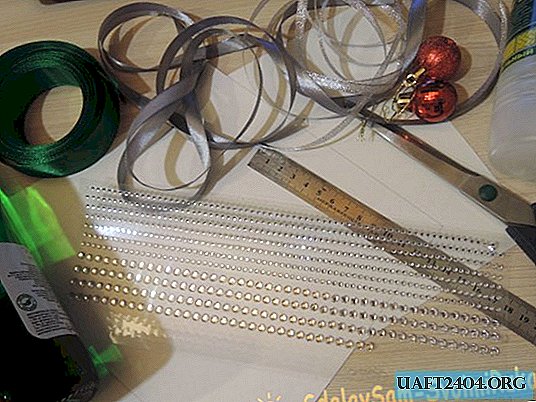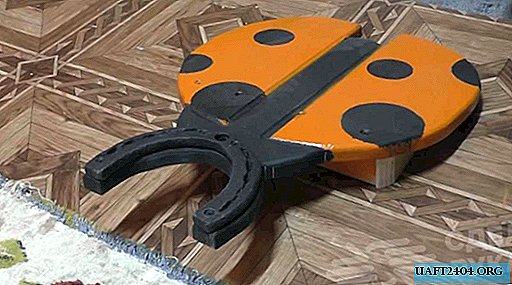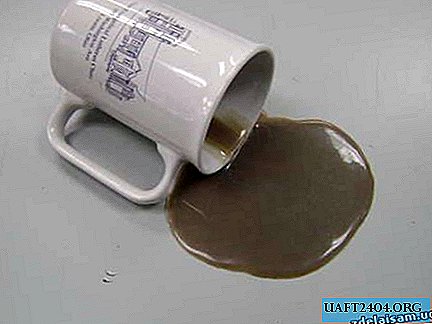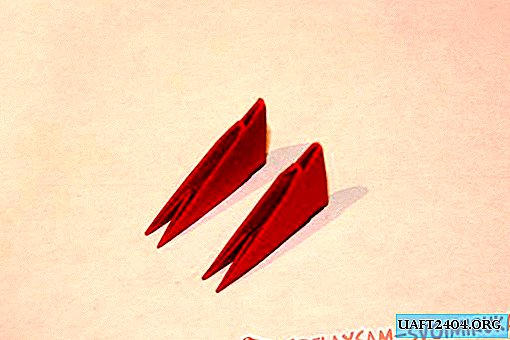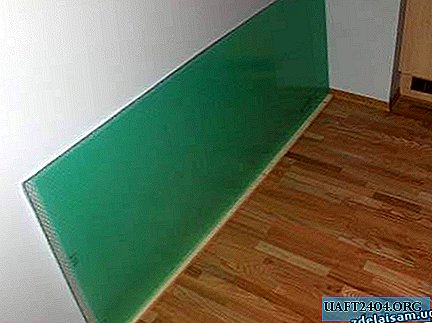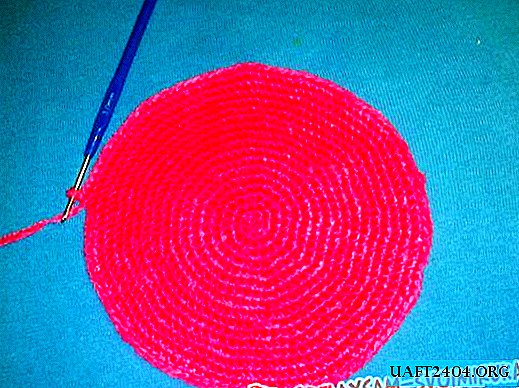Share
Pin
Tweet
Send
Share
Send
The gun is designed to deliver special composition (foam) to hard-to-reach places - mounting joints, cracks and openings to be sealed. For this, the gun has a thin elongated barrel, the end of which is equipped with a nozzle and a shutoff valve. The valve is controlled by a spring-loaded stem, which moves when the trigger is pulled.
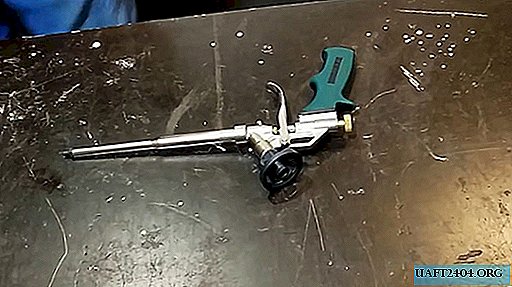
In the upper part of the gun there is a special adapter (threaded fitting) for connecting a cylinder with a foam composition under pressure. After attaching the cylinder to the adapter, the pressure extends to the entire interior of the gun barrel. When you pull the trigger, the nozzle valve opens, and the foam is delivered under proper pressure to the desired location.
Inside the adapter is a ball spring valve, which is the subject of today's conversation. It opens under the influence of foam pressure and works in one direction. When removing the balloon from the gun, the ball is pressed against the valve opening by the spring and prevents the backward discharge of foam residues through the adapter remaining in the barrel under pressure. The feature is certainly useful.
The problem is that, despite the observance of the operating instructions and regular cleaning of the gun after the end of work, the remaining foam in the ball valve dries, preventing further foam from entering the next cylinder.
The solution suggests itself - just dismantle this auxiliary valve.
So, let's get started.
Essential tool
To complete the work, we may need:
- electric drill;
- a set of drills of different diameters;
- screwdriver or thin steel rod for use as a screwdriver.
The content of the work
We turn off the removable part of the adapter, to which the cylinder is attached. If this can not be done with your hands, use the handle.

The desired valve is located inside the twisted adapter. The valve itself is a plastic sleeve with a hole. Inside the sleeve is a ball pressed against the hole by a spring.

As my experience shows, it is usually not possible to get the valve sleeve by simply picking it up with something. Therefore, we will drill the valve. We select a drill of suitable diameter. The drill should be thinner than the hole in the metal case of the adapter so as not to damage it, but be thick enough to drill a plastic valve.

Carefully drill at a shallow depth, after which the remains of the plastic sleeve with spring and ball are easily removed. On this, the bulk of the work is completed.

If necessary, clean the inside of the adapter from the remnants of dried foam and screw it into place.

The gun is ready to go again.

Warning
When using the gun in this form, the change of the cylinder may be accompanied by a spray of residual foam. To avoid this, when removing the cylinder (especially underutilized), you should pull the trigger at the right time to relieve pressure in the barrel, while orienting the barrel and adapter of the gun in a safe direction.

Share
Pin
Tweet
Send
Share
Send

